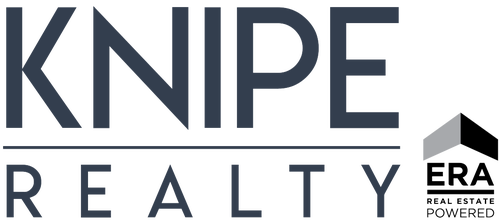Understanding Closing Costs as a Seller
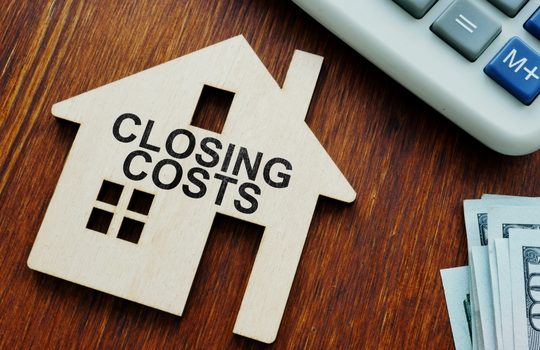
Sellers often focus on their home’s sale price, but closing costs can significantly impact net proceeds. Here are common expenses:
- Agent Commissions – Typically 5–6% of the sale price, split between your agent and the buyer’s agent.
- Title & Escrow Fees – Costs for managing the transaction, title insurance, and legal paperwork.
- Prorated Property Taxes – You’ll pay your share of the year’s taxes up to the closing date.
- Repairs or Credits – If negotiated after inspection, these may be included in closing costs.
- Concessions – You may agree to help with the buyer’s closing costs as part of the deal.
Knowing these costs upfront helps you plan your next move with clarity and confidence.
What to Expect From a Home Inspection as a Seller

A home inspection is a common part of the sales process—and a moment that can cause anxiety for many sellers. Here’s what to expect:
- Buyers Hire the Inspector – Once under contract, the buyer schedules and pays for a licensed inspector.
- Inspection Takes 2–4 Hours – The inspector checks major systems, structure, roof, appliances, and more.
- You’ll Get a List of Findings – No home is perfect, and the inspector will likely note both minor and major items.
- Negotiations May Follow – Buyers may request repairs or a credit based on the results. Your agent will help you decide how to respond.
Pro tip: Fix obvious issues ahead of time to reduce surprises.
Why Overpricing Can Hurt Your Sale

Overpricing may seem like a way to leave room for negotiation, but it often backfires. Here's why:
- Fewer Showings – Buyers search by price range. If your home is priced too high, it may not even appear in their searches.
- Longer Time on Market – The longer a home sits unsold, the more buyers wonder what's wrong with it.
- Price Drops Signal Desperation – Repeated price reductions can make your listing look stale.
- Appraisal Issues – If it sells above market value, the appraisal may come in low, causing financing issues.
Price it right from the start, and you’ll attract serious buyers and maximize your sale potential.
Small Upgrades That Add Big Value Before You Sell

- Paint – A fresh coat of neutral paint instantly modernizes and refreshes your space.
- Hardware Swap – Update cabinet handles, doorknobs, and light fixtures for a more contemporary look.
- Bathroom Boost – Replace old mirrors, add new faucets, or install a new vanity light for a quick refresh.
- Kitchen Touch-Ups – Refinish cabinets or add a stylish backsplash to give your kitchen new life without a full renovation.
- Lighting Matters – Consider upgrading to modern fixtures or adding under-cabinet lighting in the kitchen.
- Curb Appeal – A new mailbox, house numbers, or a painted front door can transform your home’s first impression.
10 Things to Do Before You List Your Home
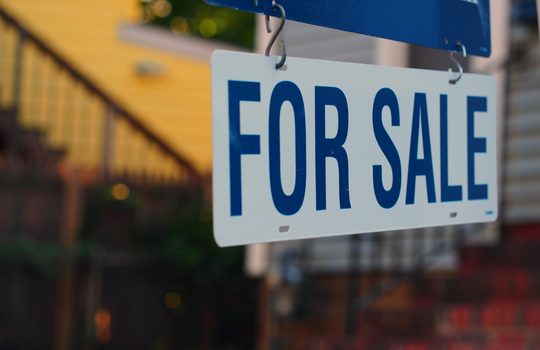
- Declutter and Depersonalize – Buyers want to envision themselves in your home. Pack away personal items and remove excess furniture for a clean, spacious feel.
- Deep Clean Everything – A spotless home shows buyers that it’s been well-maintained. Pay attention to details like baseboards, grout, and windows.
- Touch Up Paint and Repairs – Patch holes, scuffs, or chipped paint. Make minor repairs to doors, hardware, and fixtures.
- Boost Curb Appeal – First impressions matter. Mow the lawn, add fresh mulch, trim bushes, and consider potted plants by the entry.
- Stage Strategically – Use neutral décor and consider rearranging furniture to make rooms appear larger and brighter.
- Get a Pre-Listing Inspection – Address any hidden issues before buyers find them. It can save you from deal-breaking surprises.
- Gather Your Paperwork – Have your utility bills, warranties, and home improvement receipts ready.
- Neutralize Odors – Eliminate pet, food, or smoke odors. Use subtle air fresheners or natural scents.
- Check Lighting – Make sure all lights work and use high-watt bulbs for bright, welcoming rooms.
- Hire a Great Agent – Partner with someone who knows the market, offers strong marketing, and is skilled in negotiations.
Refinancing 101: When It Makes Sense to Refinance Your Mortgage
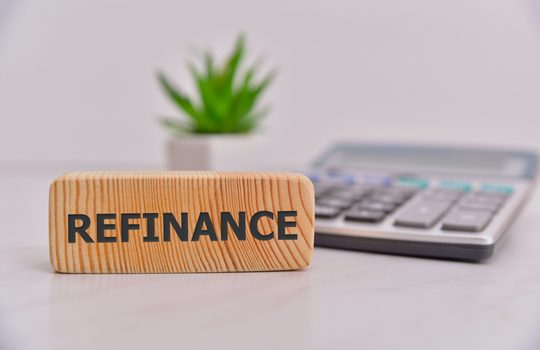
Refinancing means replacing your current mortgage with a new one—ideally with a lower rate or better terms. It can:
-
Reduce your monthly payment
-
Shorten your loan term
-
Eliminate PMI
-
Tap into home equity (cash-out refinance)
📉 Refinancing usually makes sense when:
-
You can lower your interest rate by 0.75% or more
-
You’ve improved your credit score
-
You plan to stay in the home long enough to recoup closing costs
🔍 Always compare total costs vs. monthly savings to ensure refinancing works in your favor.
Common Mortgage Mistakes Buyers Make

Even with pre-approval, your loan isn’t locked in until closing. Here are a few mortgage mistakes that can derail your home purchase:
🚫 Opening new credit accounts (like a furniture or car loan)
🚫 Making large cash deposits without documentation
🚫 Changing jobs (especially to self-employment!)
🚫 Missing payments or maxing out credit cards
🚫 Assuming your pre-approval is final—it’s not
Bottom line: Avoid major financial moves until the keys are in your hand!
Why Your Interest Rate Isn’t the Whole Story
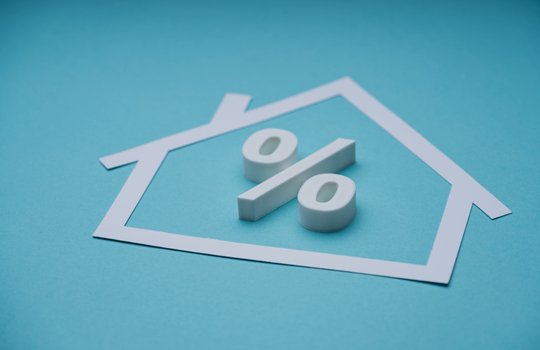
You found a great interest rate—but don’t sign just yet! Look at the APR (Annual Percentage Rate), which includes:
-
The interest rate
-
Loan origination fees
-
Points
-
Mortgage insurance
-
Other closing costs
A loan with a lower interest rate might have higher fees, so the APR gives you a more accurate picture of total cost over time.
✅ Pro tip: Compare APR to APR (not just rate to rate) when shopping lenders to make sure you're truly getting the best deal.
What Is PMI and How Can You Avoid It?
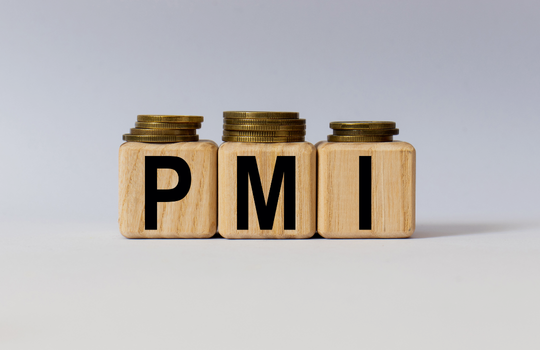
PMI, or Private Mortgage Insurance, is typically required when your down payment is less than 20%. It protects the lender—not you—if you stop making payments.
PMI can cost between 0.3%–1.5% of your loan annually, added to your monthly mortgage bill.
💡 How to avoid or eliminate PMI:
-
Put down at least 20% when buying.
-
Opt for lender-paid PMI, which may be built into a slightly higher interest rate.
-
Request PMI removal once you reach 20% equity.
-
Consider a piggyback loan (80-10-10) if you’re close to 20%.
Fixed vs. Adjustable Rate Mortgages: What’s the Difference?
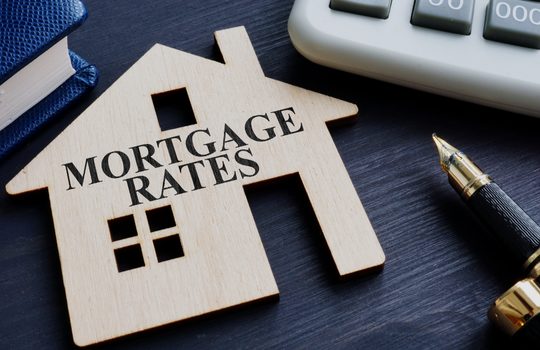
When you're shopping for a home loan, one of your first decisions will be choosing between a fixed-rate mortgage (FRM) or an adjustable-rate mortgage (ARM).
Fixed-rate loans keep the same interest rate for the life of the loan—meaning your monthly principal and interest payments stay the same. It’s predictable and stable, great for long-term homeowners.
Adjustable-rate loans usually start with a lower interest rate for the first few years (commonly 5, 7, or 10 years), then adjust annually based on market rates. That means lower payments up front, but possible increases later.
👉 Choose fixed if you plan to stay in your home long-term.
👉 Choose adjustable if you’re buying a starter home or plan to sell or refinance before the rate adjusts.
